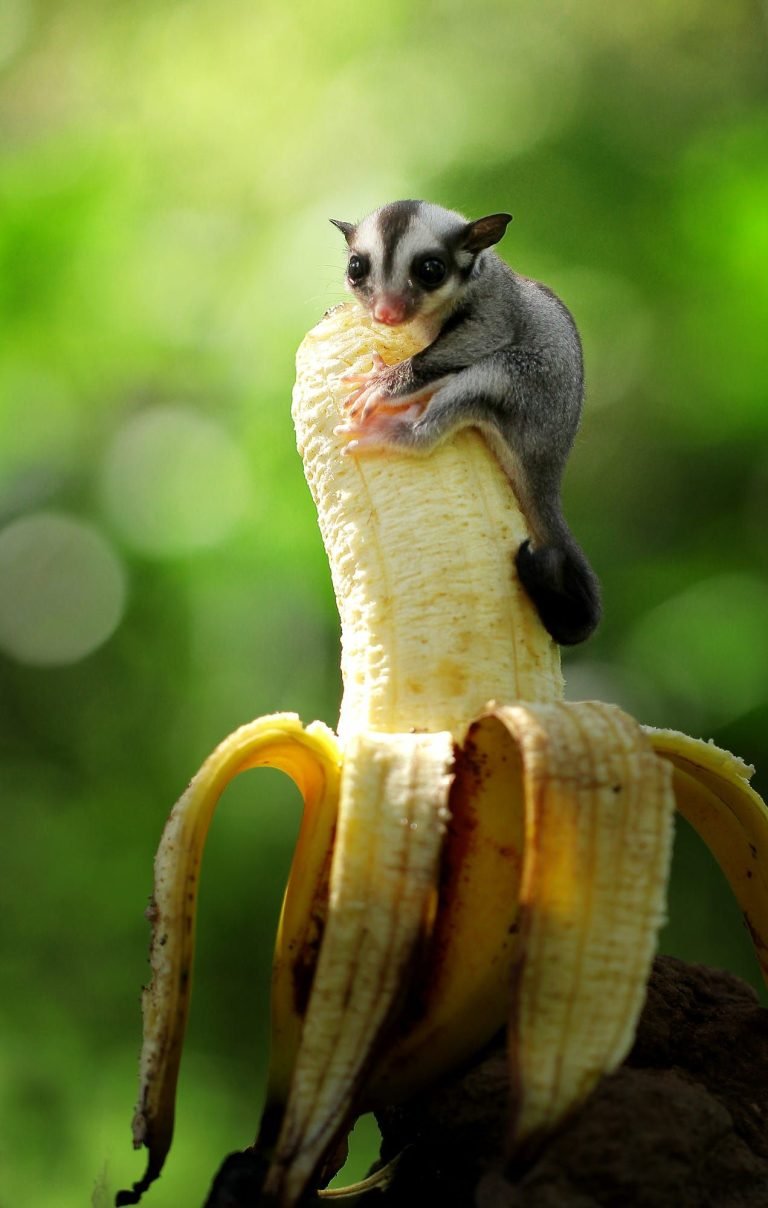Can Sugar Gliders Survive In The Cold
Can Sugar Gliders Survive in the Cold?
Yes, sugar gliders can survive in the cold, but they are not naturally built to withstand extreme cold temperatures. While they are native to tropical and subtropical regions, they do have some adaptations that allow them to survive in colder conditions. However, it is important to provide them with extra care and suitable environments to ensure their well-being. Let’s dive deeper into understanding how sugar gliders can survive in the cold and what precautions you should take to keep them healthy and happy.
Understanding the Natural Habitat of Sugar Gliders
Sugar gliders are native to Australia, Indonesia, and New Guinea, where the climate is warm and tropical. They have evolved to live in the forest canopy, where temperatures are generally mild and stable. In their natural habitat, sugar gliders are not exposed to extreme cold temperatures, making them ill-equipped to handle the cold without assistance.

The Adaptations of Sugar Gliders in Cold Conditions
Although sugar gliders are not naturally suited for cold climates, they do have a few adaptations that help them survive in colder temperatures:
Hibernation-like State
Sugar gliders have the ability to enter a torpor-like state called “torpor” in response to cold temperatures or food scarcity. During torpor, their metabolic rate slows down, and their body temperature drops. This adaptive mechanism helps conserve energy and keeps them alive during periods of extreme cold. However, it’s important to note that torpor is not a true hibernation state and should not be relied upon as a long-term cold weather survival strategy for sugar gliders.
Thermoregulation
Sugar gliders have a higher body temperature than most mammals, ranging from 97.7 to 101.3 degrees Fahrenheit (36.5 to 38.5 degrees Celsius). This slightly elevated body temperature helps them maintain warmth in cooler environments. They also have a unique ability to curl their tails around their bodies, which helps them conserve heat and regulate their body temperature.
Providing a Suitable Environment
While sugar gliders can survive in the cold, it is essential to provide them with a suitable environment to ensure their well-being. Here are some tips for creating a warm and comfortable living space for your sugar glider:
Cage Placement
Place your sugar glider’s cage away from drafts and cold air. Avoid placing the cage near windows or doors that may allow cold air to seep in. It is also recommended to keep the cage off the floor, as heat naturally rises.
Heating
During colder months, consider using a heating pad or a ceramic heat emitter to provide additional warmth for your sugar glider. Make sure the heat source is positioned outside the cage to prevent accidental burns. You can also provide a cozy sleeping pouch or nest box filled with warm bedding materials to help them stay warm.
Insulation
Ensure that the sugar glider’s cage is well-insulated to retain heat. Use thick, warm materials such as fleece or blankets to cover the sides of the cage, leaving the front mesh area open for ventilation. This will help create a cozy and safe environment for your sugar glider.
Frequently Asked Questions
Now that we’ve covered the basics of sugar gliders surviving in the cold, let’s address some frequently asked questions about this topic:
Q: Can sugar gliders live outside in colder climates?
A: It is not recommended to keep sugar gliders outside in colder climates. The extreme temperatures and lack of control over their environment can be detrimental to their health. It is best to keep them indoors where you can provide the necessary warmth and care they need.
Q: How cold is too cold for sugar gliders?
A: Sugar gliders are not well-suited for temperatures below 70 degrees Fahrenheit (21 degrees Celsius). Prolonged exposure to colder temperatures can lead to health issues and even death. It’s important to maintain a warm and comfortable environment for them.
Q: What are the signs of cold stress in sugar gliders?
A: Signs of cold stress in sugar gliders may include shivering, lethargy, huddling for warmth, loss of appetite, and respiratory problems. If you notice any of these symptoms, it is crucial to address the issue promptly and provide the necessary warmth and care.
Final Thoughts
While sugar gliders have some natural adaptations that help them survive in colder conditions, it is essential to provide them with a suitable environment and extra care during cold weather. By following the tips mentioned above and closely monitoring their well-being, you can ensure that your sugar glider remains healthy and happy even in colder climates. Remember, their comfort and happiness should always be a top priority.






